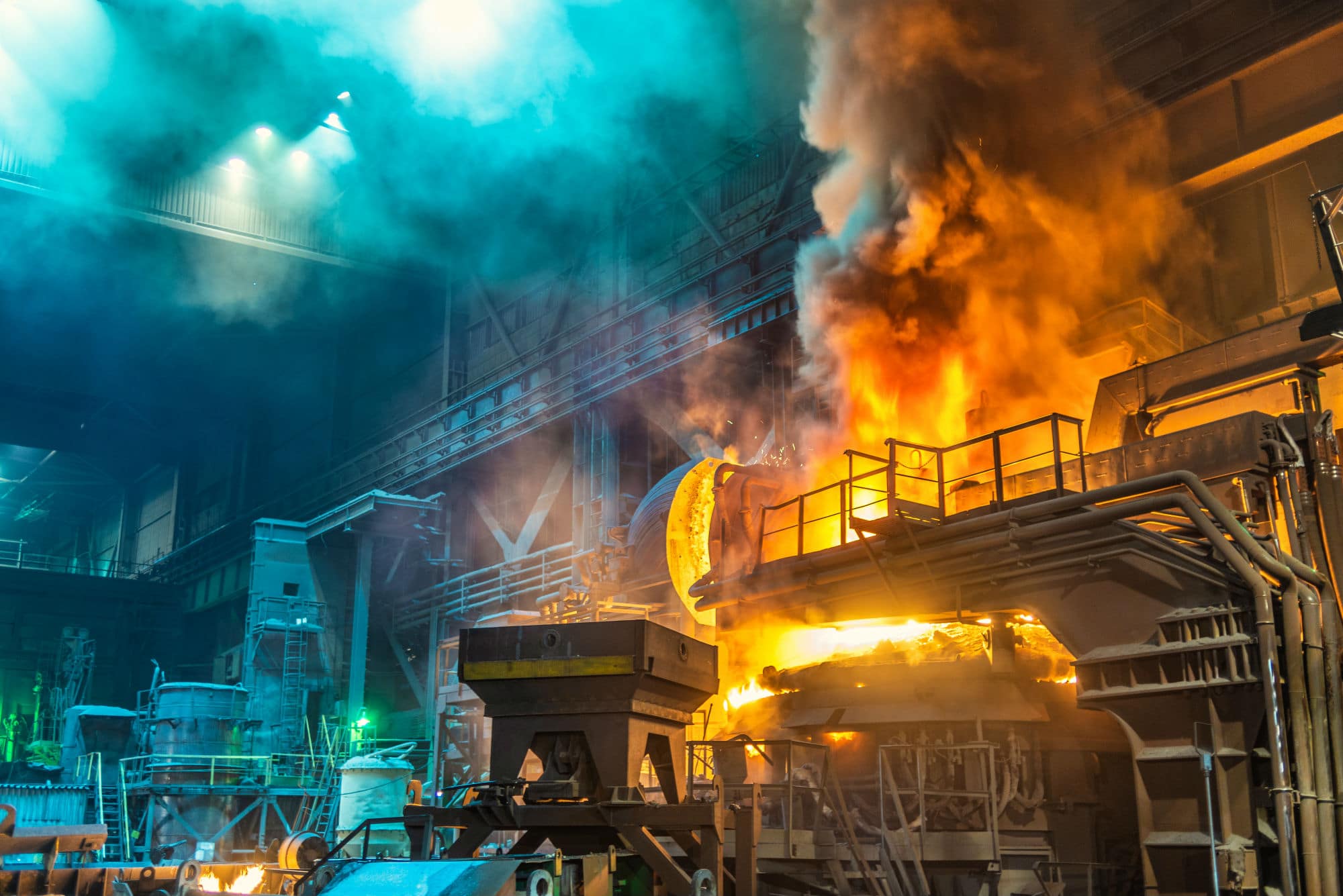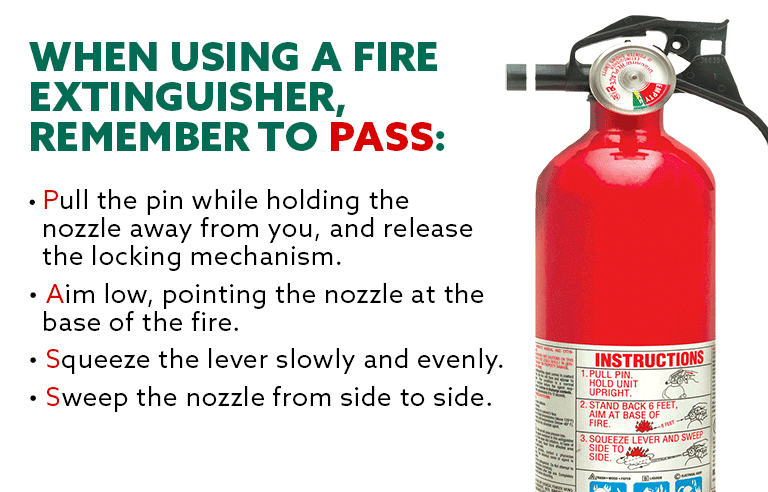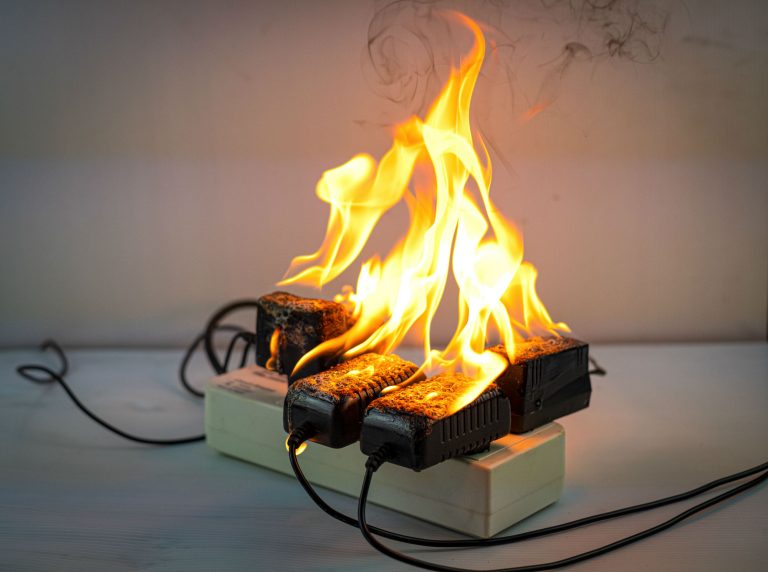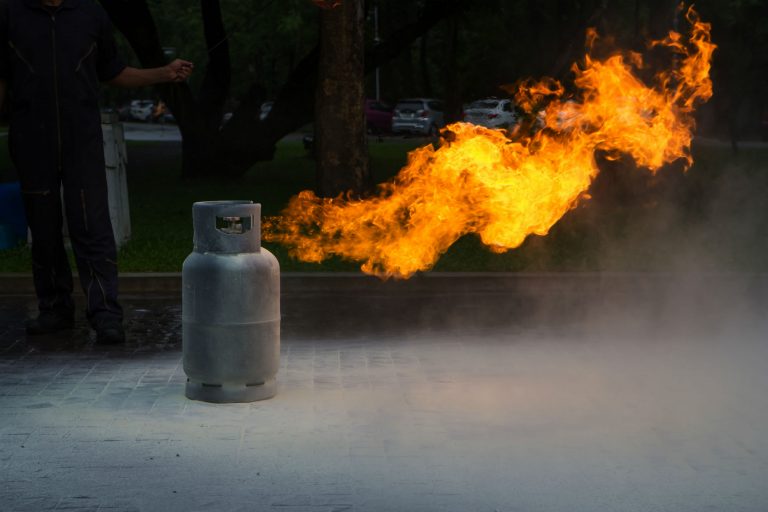Class D fires are much less common than other types of fire, though no less hazardous, and pose their own set of risks.
The combustibles in a Class D fire are highly unlikely to be found around your house; however, they are often found in manufacturing plants, or on industrial sites where metals are processed, moulded, or stored, cut, drilled, or milled.
If they are present in your workplace, knowing how to deal with them safely is important. For example, if you work with metal casting, or in a foundry, or perhaps as a metal engineer, a Class D fire is a possibility at your workplace.
Not all metals are flammable, so to give you a clearer idea of common combustible metals, we’ve compiled a non-exhaustive list of metals that can – and do – provide fuel for a Class D fire in workplace environments, and which can be put out with a dry powder extinguisher.
The most common Class D fires usually involve magnesium or titanium, but some other flammable metals include:
- Sodium
- Aluminium
- Lithium
- Uranium
- Potassium
- Calcium
- Plutonium
While most Class D fires need extreme heat to ignite, once the fire has started it can spread very quickly, which can make them very dangerous.
One of the exceptions to high-heat metal fires are any sodium based fires; sodium is highly reactive to both water and air which can cause fire and explosions, so special care needs to be taken when putting them out and we recommend you call trained professionals to do so.

Which fire extinguishers can be used on a Class D fire?
The only kind of fire extinguisher that can be used to safely suppress a Class D fire is a dry powder extinguisher.
Class D fire extinguishers are tailored to the fuel type; otherwise the fire, while appearing to be put out, it may reignite.
Dry powder fire extinguisher
The only safe extinguisher to use for Class D fires, dry powder fire extinguishers work by separating the fuel from oxygen, or removing heat.
Care should be taken when using a dry powder fire extinguisher on a Class D fire in a confined area, as it can cause breathing, eye and skin irritations, and the removal of oxygen in the area can cause danger to the user.
How do I use a fire extinguisher on a Class D fire?
While it might look like an easy thing to do, actually actioning a fire extinguisher can be more difficult than it looks… especially in the middle of a fire emergency!
We highly recommend regular workplace training at which our fire experts will give your team hands-on experience in using the PASS method of fire suppression:
- P – pull the pin on the fire extinguisher handle
- A – aim your extinguisher at the fire
- S – squeeze the handle firmly but gently to start the flow of water, foam etc
- S – sweep the extinguisher across the seat of the fire
Workplace fire training not only helps your team learn what to do in the event of a fire incident, but will also help them be more fire safe in their own home. We recommend workplace fire training every 6 months or when you have a new intake of staff.
A good way to remember to book a workplace fire safety training session is to review your level of competency whenever daylight savings comes around.

When should I use a fire extinguisher on a Class D fire?
If a Class D fire breaks out in your workplace you should follow the management and evacuation process that has previously been agreed upon.
While your workplace may differ, the most common process is for you to immediately call 000 (triple zero) and ask for the fire brigade; the operator will ask you for the type of emergency, your address, suburb and any other information that will be useful to emergency services personnel who are turned out to attend the incident.
You should then raise the alarm to alert co-workers and give them time to evacuate the building. Once everyone has left the building or area, no one should go back for any reason.
If you feel it is safe to do so, you can fight a Class D fire with a Dry powder fire extinguisher, only if:
- the fire is small with flames shorter than you
- the fire is contained within a small space
- the fire isn’t spreading rapidly
- the room isn’t full of smoke (smoke inhalation can quickly cause unconsciousness)
- you have a clear exit path in case you need to escape the fire
Using the PASS method, and ensuring that you have a clear line of escape at all times, you can attempt to put the fire out prior to the arrival of emergency services personnel.
However, if you feel unsafe or unable to use a fire extinguisher, then simply don’t risk it. Evacuate the building and wait for the fire brigade to arrive and deal with the fire.
How do I ensure I have the right equipment for a Class D fire?
It makes sense that your fire safety equipment should be maintained to the highest standard so it works well when you need it most.
In a commercial setting, it is a legal requirement that you have your fire extinguishers and other equipment tested on a regular basis (depending on the type of business you run). Therefore, a maintenance schedule is vital to ensuring the safety of you, your staff and site visitors, and to minimise any potential damage to your premises.
Our team of fire safety experts can organise this for you, saving you the time and hassle of having to think about it for your office, factory, warehouse, body corporate, government building or workshop.
If you’d like to know more about how we can help you keep your premises and people safe from a Class D fire, please give us a call on 1800 177 915 to arrange an obligation-free visit to discuss your fire equipment service needs with one of our expert team.




